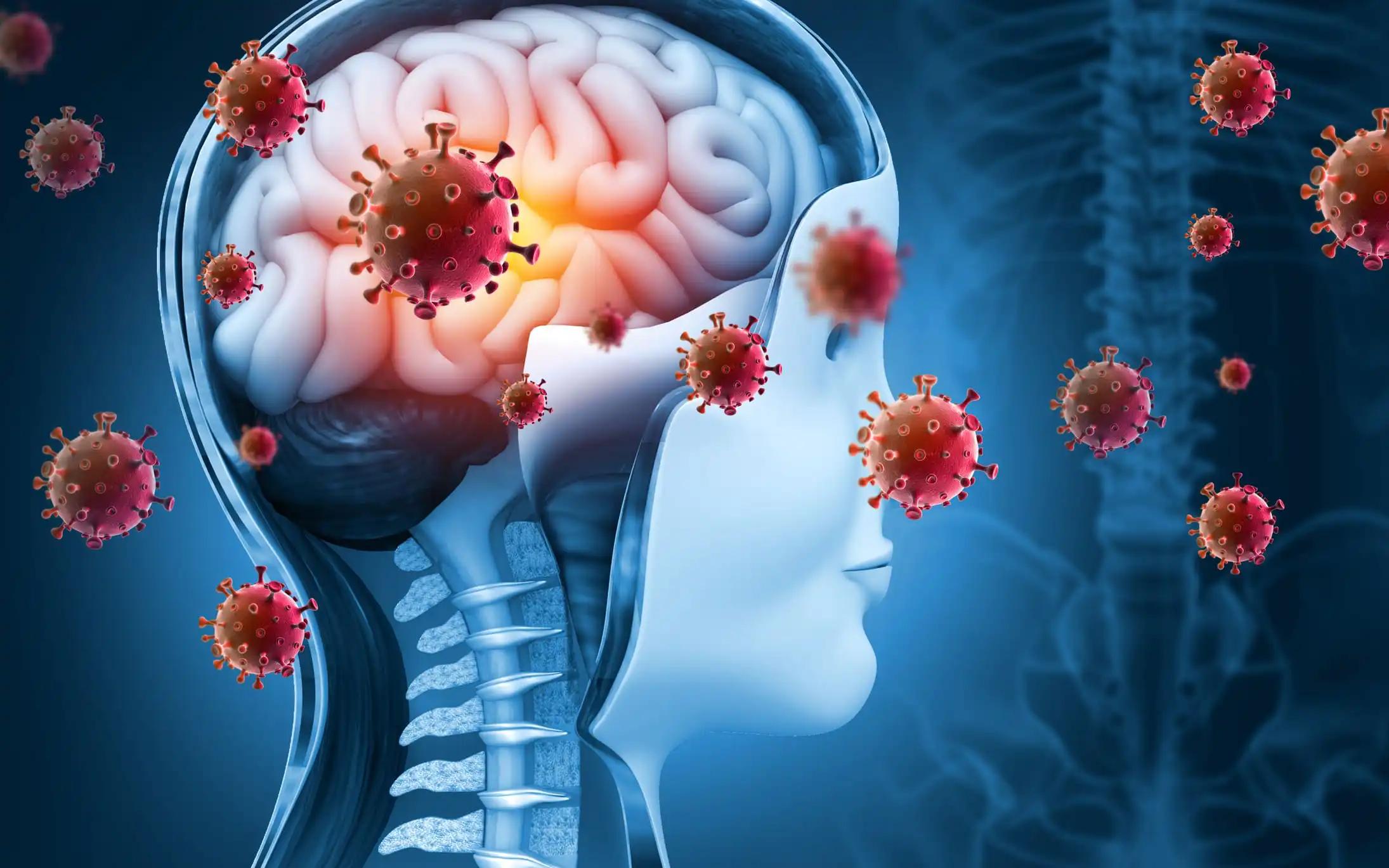KEY TAKEAWAYS
- The phase 2 trial aimed to develop computational methods for better cancer subtyping and personalized treatment strategies using data.
- The results concluded that CLIPPR enhances single-cell data with bulk sequencing, improving cancer diagnoses and biological insights.
Accurate classification of cancer subgroups is vital for precision medicine, tailoring treatments to individuals based on their cancer subtypes. Advances in high-throughput sequencing technologies have recently enabled the generation of large-scale transcriptomic data from brain cancer and other cancer samples.
Arya Shetty and the team aimed to develop computational methods using this data to improve cancer subtyping and enable better-personalized treatment strategies.
Researchers evaluated various feature selection schemes for meningioma classification. They developed an algorithm called CLIPPR, integrating interpretable features from 77 bulk samples and approximately 10,000 single-cell profiles. This algorithm combined top-performing single-cell models, RNA-inferred copy number variation (CNV) signals, and the initial bulk model to create a meta-model.
The results revealed that while the scheme relying solely on bulk transcriptomic data demonstrated good classification accuracy, it exhibited confusion between malignant and benign molecular classes in approximately 8% of meningioma samples. In contrast, models trained on features learned from meningioma single-cell data accurately resolved the subgroups confused by bulk transcriptomic data but showed limited overall accuracy.
CLIPPR demonstrated superior overall accuracy and resolved benign-malignant confusion, as validated on 789 bulk meningioma samples gathered from multiple institutions. Additionally, the algorithm’s generalizability was demonstrated using in-house single-cell (approximately 200,000 cells) and bulk TCGA glioma data (711 samples).
The study concluded that the CLIPPR algorithm synergizes the resolution of single-cell data with the depth of bulk sequencing, enabling improved cancer subgroup diagnoses and providing insights into their biology.
No funding information was available.
Source: https://link.springer.com/article/10.1007/s11060-024-04710-6
Shetty, A., Wang, S., Khan, A.B. et al. (2024). “Leveraging single-cell sequencing to classify and characterize tumor subgroups in bulk RNA-sequencing data.” J Neurooncol (2024). https://doi.org/10.1007/s11060-024-04710-6



